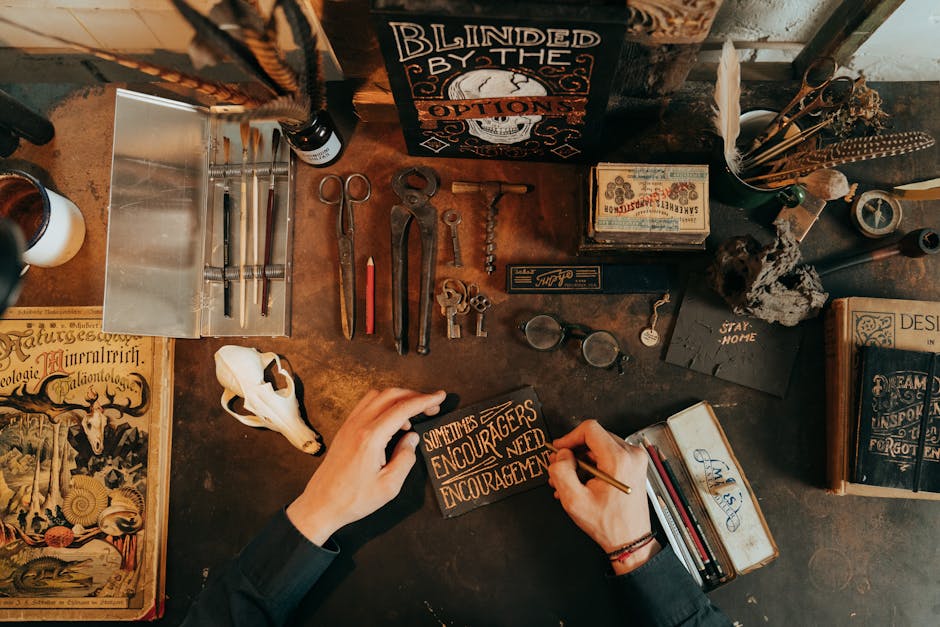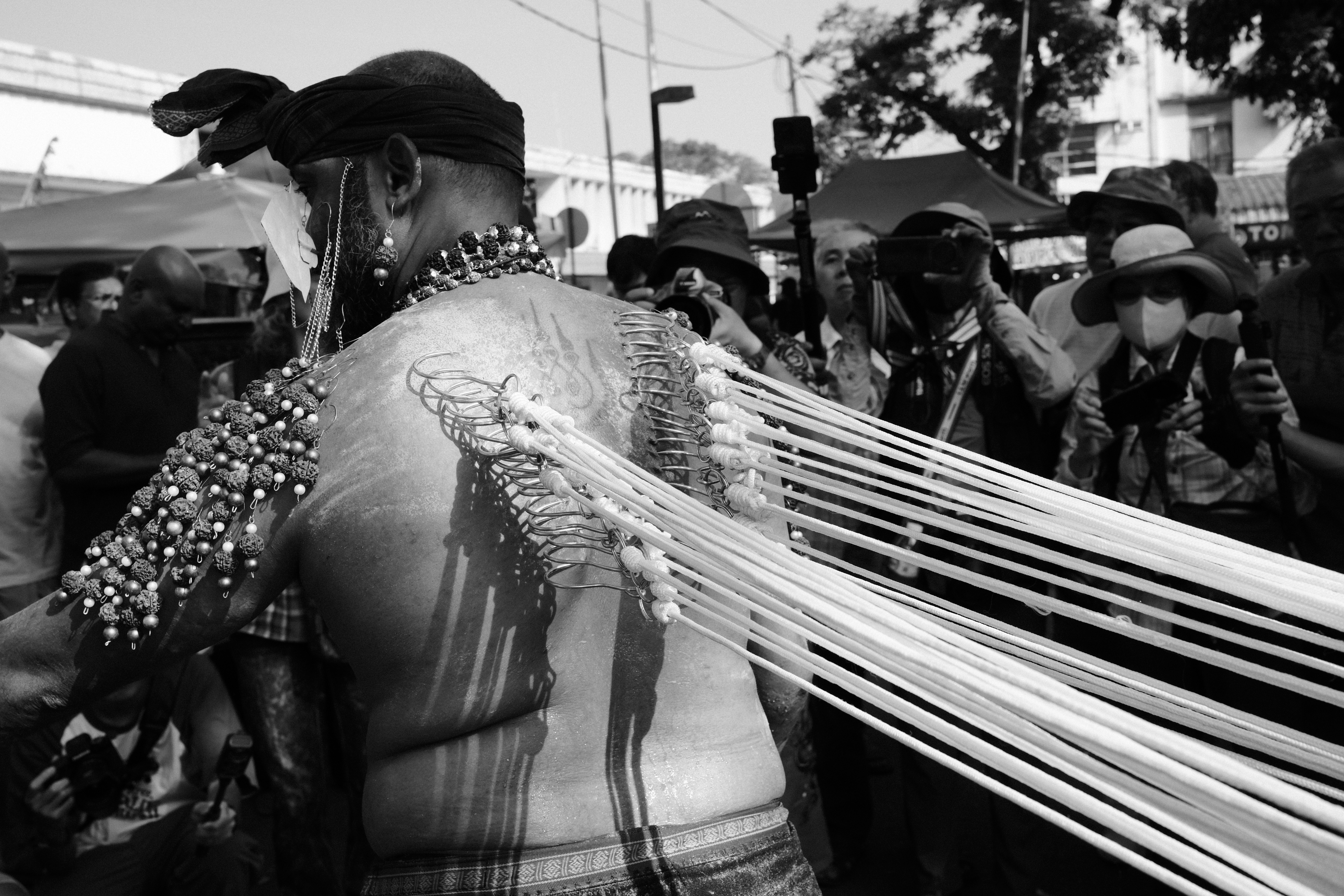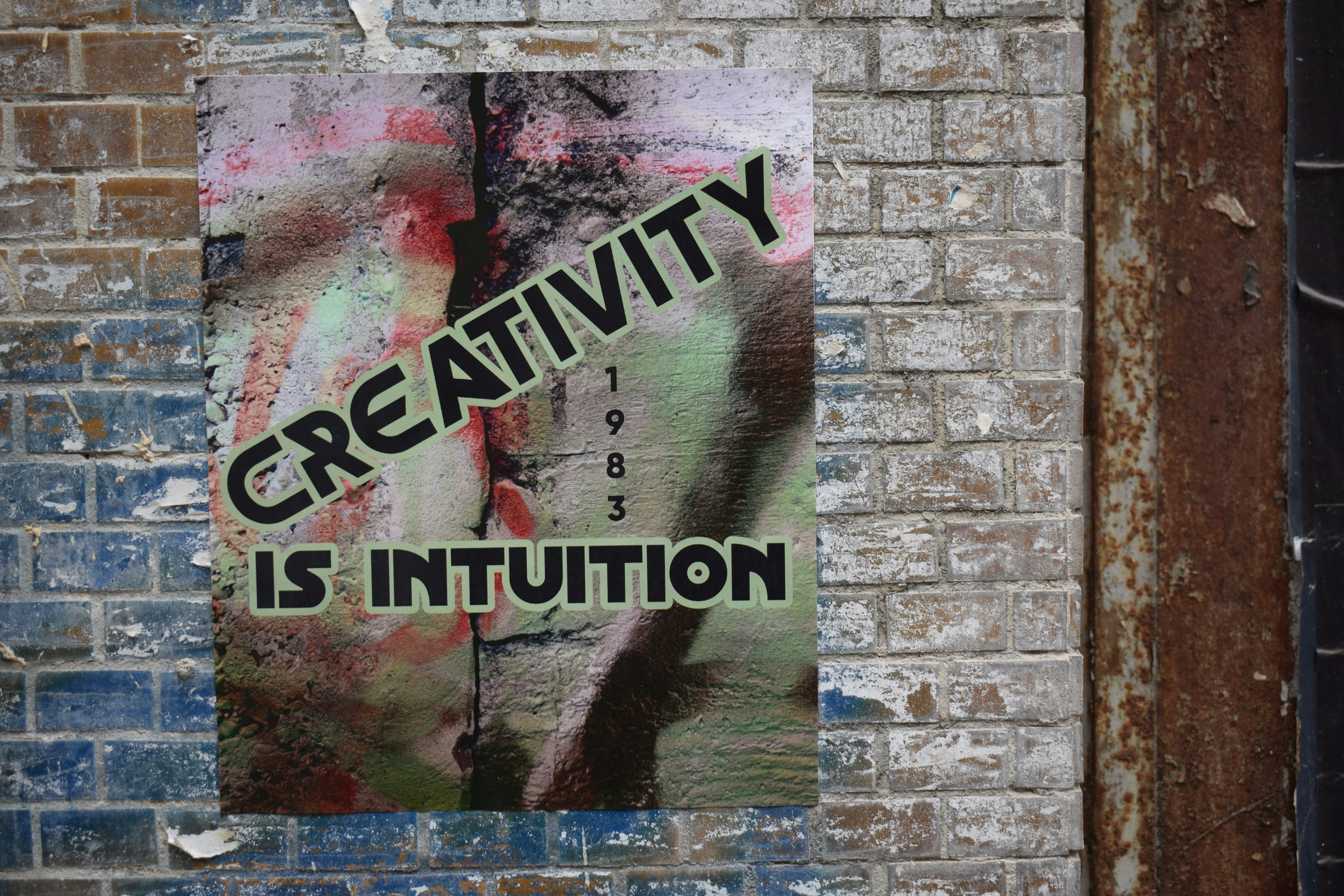Harness the Power of Fractals: Transform Your Photography Today
Photography isn't just about capturing moments—it's about harnessing the beauty and intricacy of the world around us to create compelling compositions. One fascinating concept that can drive your photographic artistry is the theory of fractals. When we think of fractals, we might picture mesmerizing patterns in mathematics; however, nature is filled with examples of these intricate designs that can inspire and enhance our photographic techniques. Throughout this article, we will explore how utilizing fractal patterns not only enriches your compositions but also elevates your understanding of the natural world.
The Allure of Fractals in Nature

Imagine hiking through a lush forest or walking along a rugged coastline. If you look closely, you’ll notice how many natural forms exhibit fractal-like patterns—think of a branching tree, the structure of a fern, or the shape of a storm cloud. These repetitions of shapes in nature can evoke feelings of harmony and balance, serving as eye-catching focal points in your photographs.
Fractal patterns invite us to appreciate detail, from the micro to the macro scale, enriching our photographic narratives. Understanding and utilizing these designs can significantly enhance your ability to create visually appealing images. When executed effectively, fractals have the power to guide the viewer's eye throughout the photo, making the composition more engaging and dynamic.
Understanding Fractal Geometry in Photography

Fractal geometry refers to the mathematical set of complex patterns that are self-similar across various scales. A tree's branches appear similar from far away as they do up close; nature's fractal formations display beauty and complexity in both contexts. In photography, leveraging these relationships helps shape your visual storytelling.
Tips for Capturing Fractal Patterns

-
Look for Repetition: Be vigilant in your surroundings for patterns. Look at leaves, flowers, and landscapes. Seek out subjects where the same shape is echoed multiple times. For instance, a close-up shot of a fractal-like cabbage or the layers of petals in a flower can yield stunning results.
-
Use the Right Gear: A macro lens can be invaluable when it comes to capturing fractal patterns in nature. Such lenses allow you to focus on the intricate details that might go unnoticed at first glance. Check out our guide on lens choices for landscapes to ensure you're equipped for your next adventure.
-
Frame Your Composition: Creating strong visual balance is key. Don’t hesitate to try different angles and perspectives. Sometimes, framing a fractal subject while including the background can provide context and depth to your image.
-
Emphasize Contrast: Consider using high contrast between your subject and the background to accentuate fractal patterns. Color variations can pull a viewer in, guiding their attention to the intricate details.
The Benefits of Fractal Awareness in Your Photography

Understanding and embracing fractals can reshape your entire approach to photography. Some benefits of incorporating fractal awareness into your practice include:
-
Improved Composition Skills: By recognizing fractal patterns, you become adept at composing images that are naturally pleasing to the eye. This can assist in honing your photographic intuition.
-
Creativity Boost: Fractal designs encourage you to think outside the box. Instead of just framing the obvious shot, you’ll start searching for deeper layers and connections within your subjects, adding substance to your work.
-
Enhanced Significance: With fractals, every detail tells a story. By focusing on these intricate details, you unlock emotional narratives that resonate with viewers.
Explore Real-World Applications

One stunning example of fractal photography is the work of artist and photographer, David Hockney. His famous “joiners” demonstrate how fractal-like layering can reshape perceptions of space and storytelling in photography. By piecing together numerous images, he invites the viewer to see familiar objects from multifaceted perspectives, generating an entirely new dialogue about the subject matter.
Additionally, nature photographers often look to fractals as inspiration for capturing the essence of the wild. The iconic spiral pattern of a nautilus shell, the intricate branching patterns of trees, and the chaotic beauty of thunderstorms all have elements of fractal geometry. Integrating these concepts in your photography can lead to projects that not only showcase your technical skills but also deepen your connection to the natural world.
Experimenting with Fractal Techniques

To truly harness the artistic potential of fractals, take a few moments to experiment with different techniques:
-
Double Exposure Effects: Using digital manipulation, explore how layering fractals can create ethereal images. By combining different images exhibiting fractal patterns, you can produce haunting and surreal compositions.
-
Time-Lapse Photography: Capture phenomena like the growth of plants or the changing of seasons. As these elements unfold, the underlying fractal patterns become more apparent, offering a deeper narrative in the final image.
-
Abstract Perspectives: Instead of focusing solely on natural scenes, apply fractal concepts to urban landscapes and everyday objects, as explored in our article, the power of everyday objects. Abstracting shapes and forms can lead to incredible visuals that evoke curiosity.
Mastering Light and Shadows

Light can drastically alter the perception of fractal forms within your images. The relationship between light and shadows can either amplify or minimize these fractal attributes. Experiment with different lighting conditions, and remember that soft diffused light often reveals textures and details better than harsh lighting.
Discovering Patterns in Shadows

As referenced in our guide on shadow play, shadows have an uncanny ability to create additional layers and depth in your photographs. Look to shoot during golden hour when the sun casts longer shadows, accentuating the details of your chosen subjects. This interplay of light and shadow can reveal fractal structures that would remain hidden otherwise.
Drawing Inspiration from Other Disciplines

Fractals are not just confined to nature and photography. They appear across various disciplines such as art, architecture, and even literature. Artists like M.C. Escher used fractal concepts extensively in their works, creating mesmerizing environments that challenge conventional perception.
Photographers can take inspiration from these intersections to further expand their creative horizons. Engaging with the broader artistic community can result in cross-pollination of ideas, enhancing your photographic practice. You might find unexpected techniques or approaches that could refine your vision, whether it’s through collaboration or simply exploring new creative forms.
Understanding Different Perspectives

An exercise worth attempting is to study how different cultures interpret fractals through art and philosophy. For example, the Fibonacci sequence not only appears in natural growth patterns but also shows up in historical architectural designs. Reflect on the relationship between these forms and the subjects you capture in photography, allowing for a richer understanding of scale, proportion, and balance within your compositions.
Next Steps: Elevating Your Photography with Fractals
Now that you're equipped with the knowledge of fractals and their potential impact on your photography, it's time to take your skills to the next level. Here are some practical steps you can implement:
-
Practice Regularly: Make it a habit to explore new environments, seeking out fractal patterns as you go. Bring your camera along and challenge yourself to capture these shapes in creative ways.
-
Engage with Other Photographers: Share your work with peers or join online communities focused on photography. Not only will you receive valuable feedback, but you might also discover new techniques and perspectives worth experimenting with.
-
Attend Workshops: Look for workshops or classes that focus on artistic photography. Learning from established photographers who have mastered the blend of technical skill and artistry can greatly enhance your practice.
-
Embrace Technology: Experiment with editing software to manipulate and enhance the fractal patterns in your images. This exploration can open up new avenues for creative expression within your photographic endeavors.
-
Reflect and Iterate: Don’t forget to review your work regularly. Take note of which techniques are resonating most deeply with you and your audience. Continually iterating on your approach allows you to refine your skills and develop a recognizable style over time.
Useful Resources to Expand Your Knowledge
- "The Fractal Geometry of Nature" by Benoit B. Mandelbrot: A comprehensive resource that offers insights into the world of fractals and their presence in nature.
- Photography Blogs and Communities: Engaging with platforms like Photography Life or online forums can expand your horizons and provide a plethora of resources related to landscape and fractal photography.
Final Thoughts
Harnessing the power of fractals can elevate your photographic practice, turning ordinary scenes into extraordinary compositions. By observing nature’s intricacies and employing fractal theories, you not only enhance your skills but also deepen your appreciation of the beauty that surrounds you. Whether through meticulous framing, mastering light and shadows, or drawing inspiration from other disciplines, the potential for creativity in fractal photography is boundless. With your newfound knowledge, venture into the world of photography with a renewed sense of wonder and purpose, ready to transform your artistic journey one fractal at a time.



